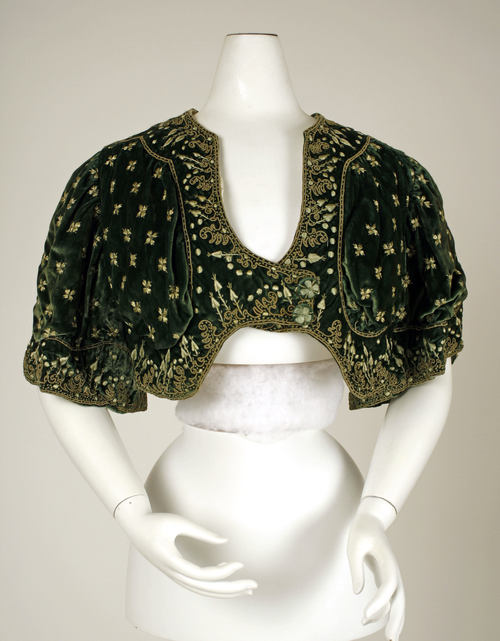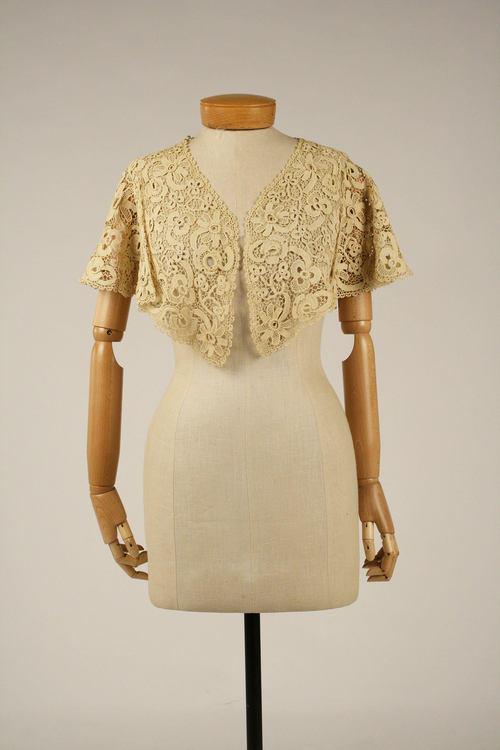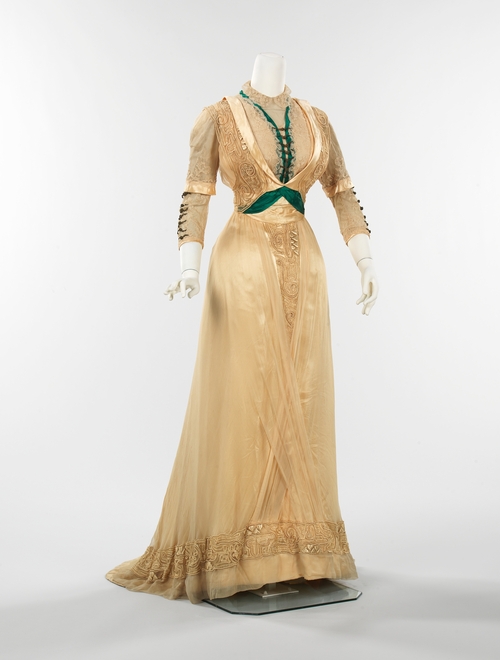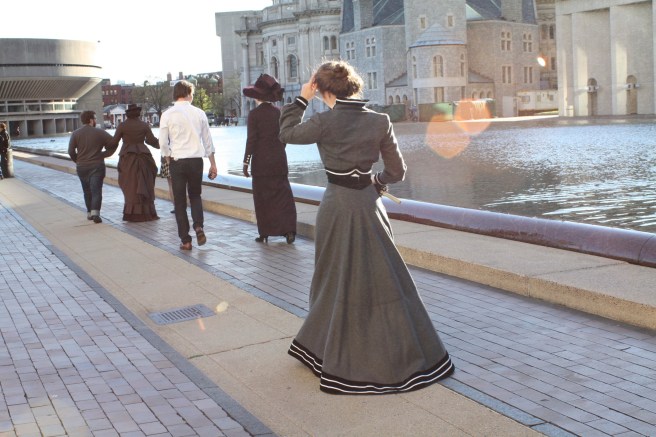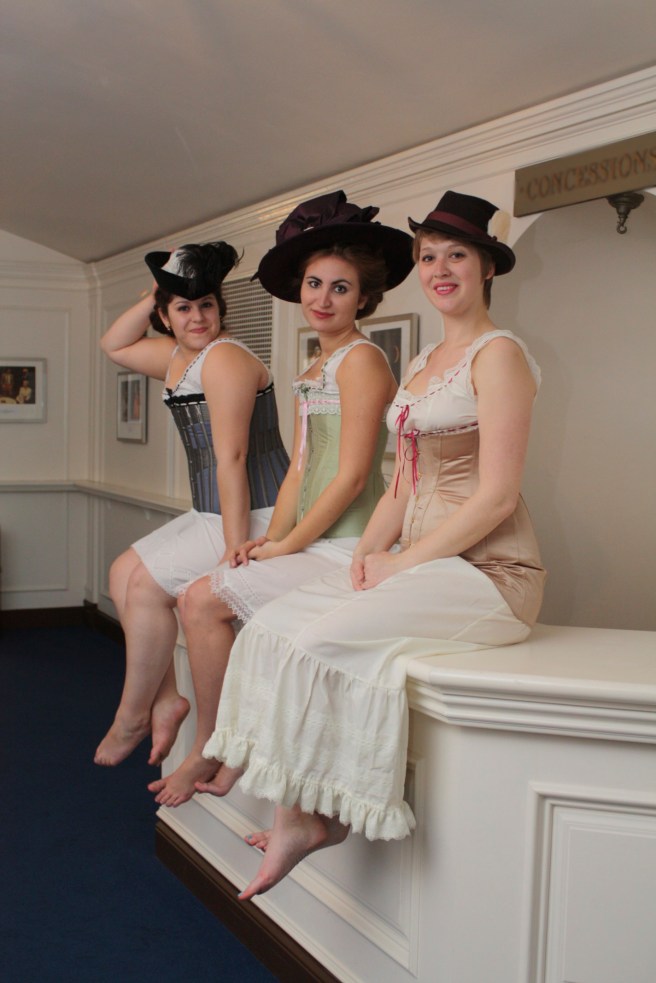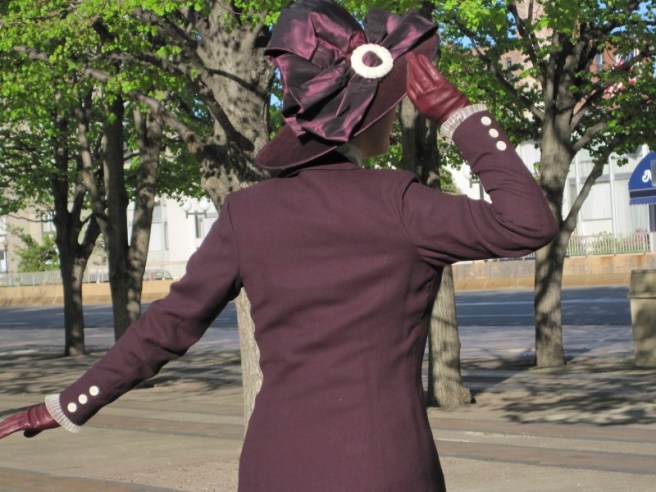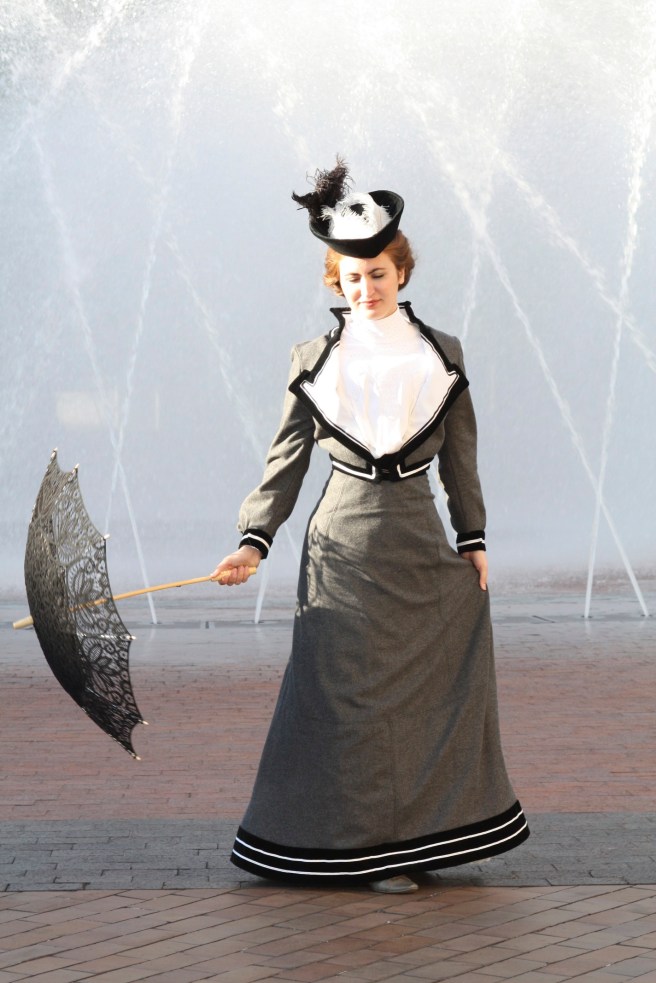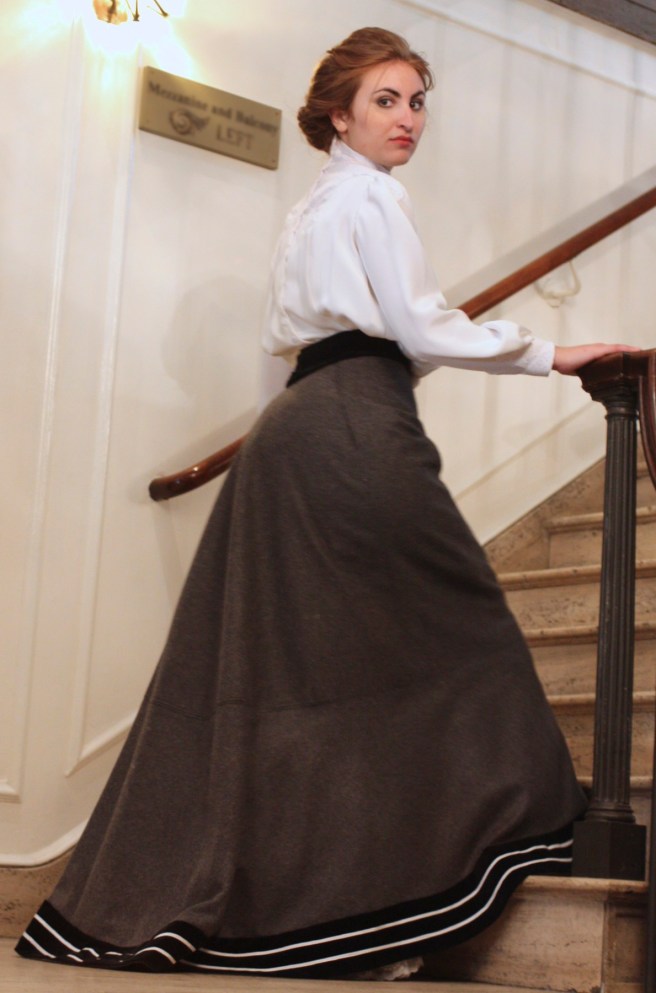Well, Christmas wishes do (almost) come true!
When American Duchess announced the Pemberley Regency style shoe around Thanksgiving I was super excited… but I am even more excited about the most recently announced shoe that is nearing the end of production.
Yes, an Edwardian shoe! It will be for sale before April, when I know we will all be attending Titanic-themed events. I have plans to make Edwardian clothes for some of these events and I have been looking for modern shoes with a historic aesthetic to match; however, it is quite challenging to find a modern shoe with the right heel shape, top detailing, and heel height, just to name a few features of this Edwardian shoe. I am so excited!

This link contains an affiliate code, which provides a small benefit to my shoe fund. This does not affect my impressions and reviews of this product.
American Duchess has other shoes in development as well: a 1920s t-strap (super cute) and court heels c. 1680-1740. You can check out the designs here, just scroll down.
I say Christmas wishes (almost) come true because when I posted about the Pemberley Regency shoe I wished for a late Victorian shoe from American Duchess. Well, Edwardian is not quite late Victorian, but it is just as exciting! And such perfect, well-planned timing! SO EXCITED!







